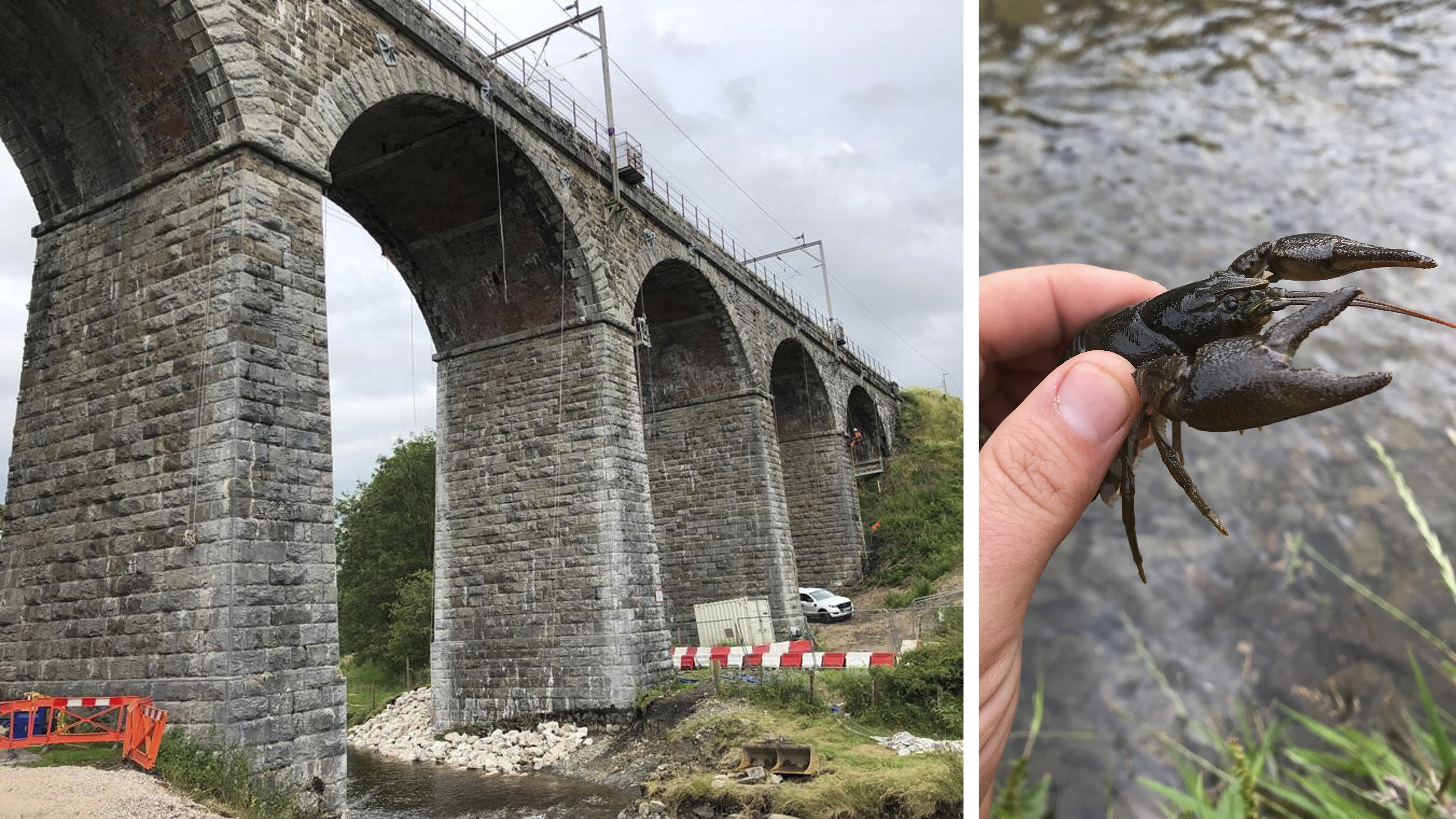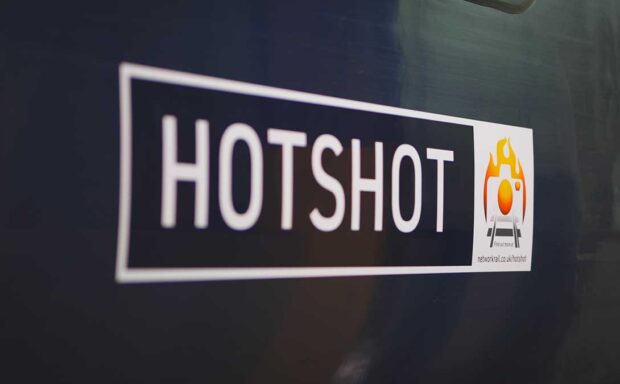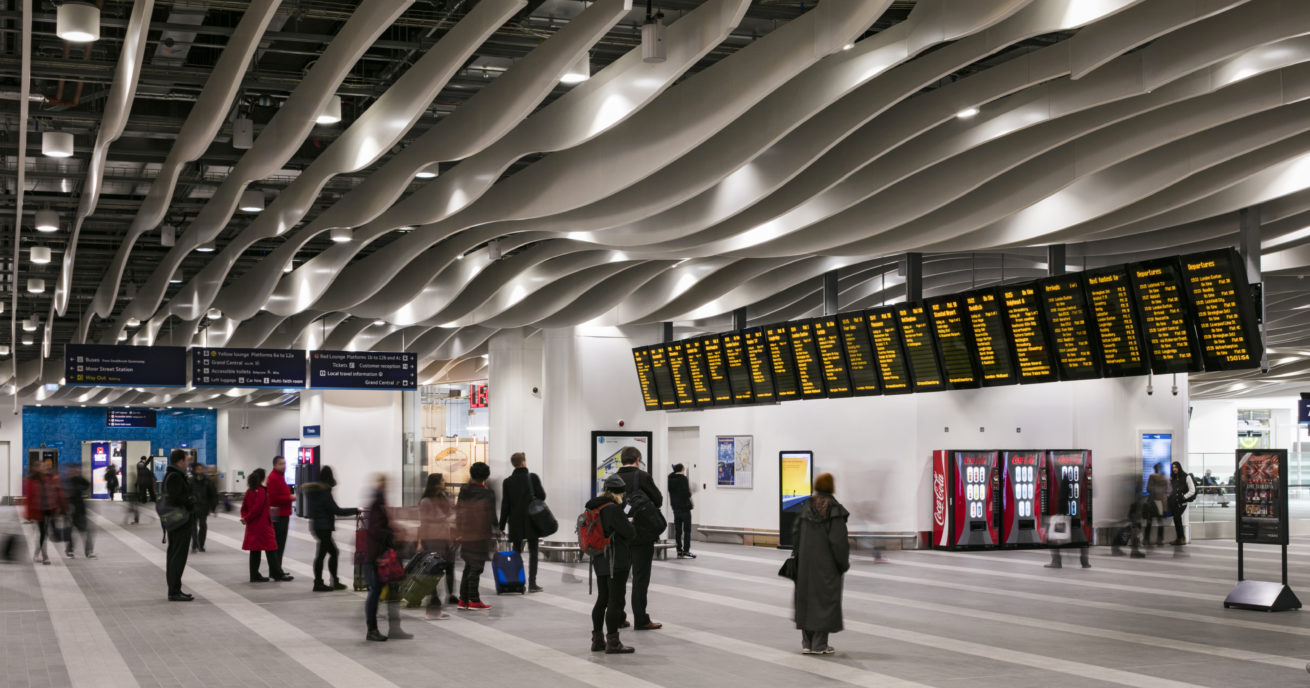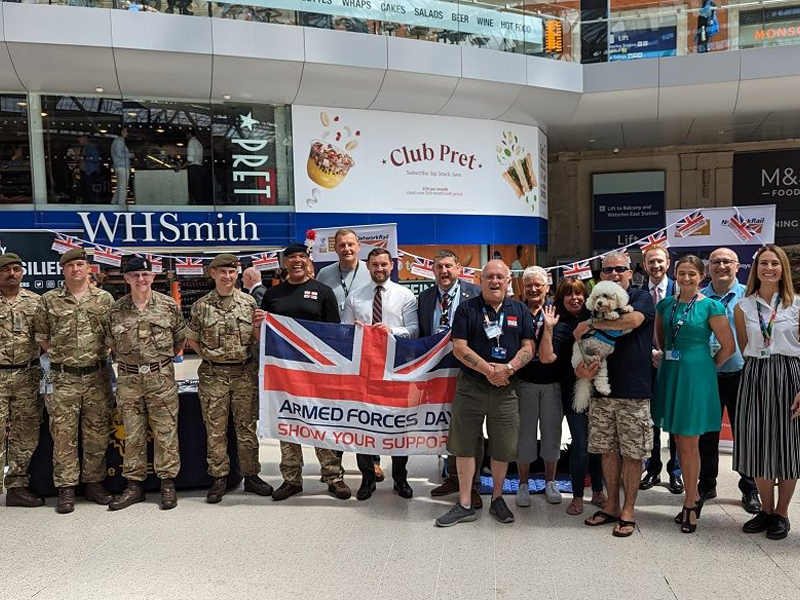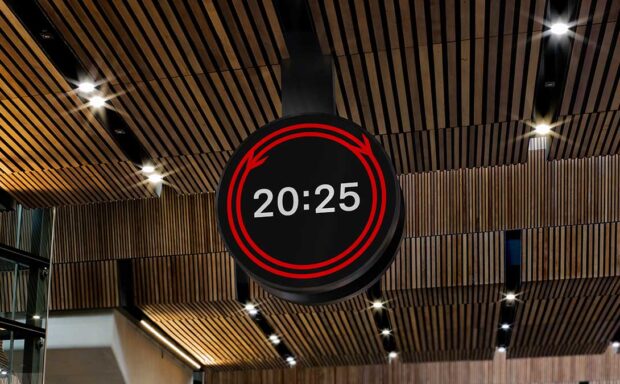The railway offers a huge variety of career opportunities, from 3D modelling to protecting our biodiversity.
If you love anything to do with science, technology, engineering and maths (STEM), life at Network Rail could be for you!
Here are seven jobs you never knew you could do on the railway:
1 – Architect
There is more to the railway infrastructure than tracks – such as our architects.
Ali Al-Said, an architect at Network Rail, said: “There is a wide range of buildings within the railway varying in size and complexity including offices, railway stations, train and maintenance depots, training centres and Rail Operating Centres (ROCs).
“All buildings need architects to design them. Network Rail has a small number of specialist architects working for it either designing these buildings or helping its clients procure the building using external consultants and oversee the quality assurance needed.
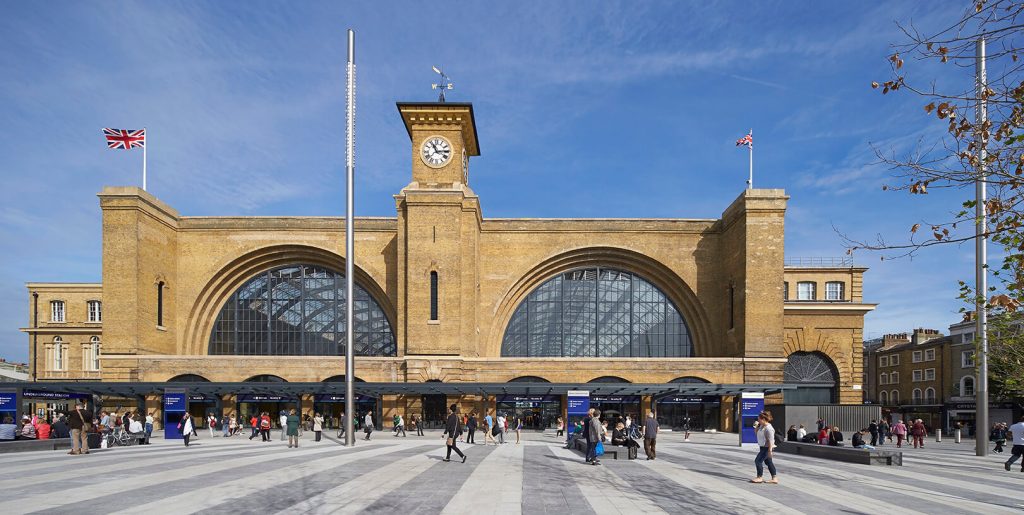
“The railway is also rich with history and heritage be it buildings, viaducts or bridges, all of which require care and conservation to maintain as operation assets and to be enjoyed by future generations.”
2 – Technology and innovation expert
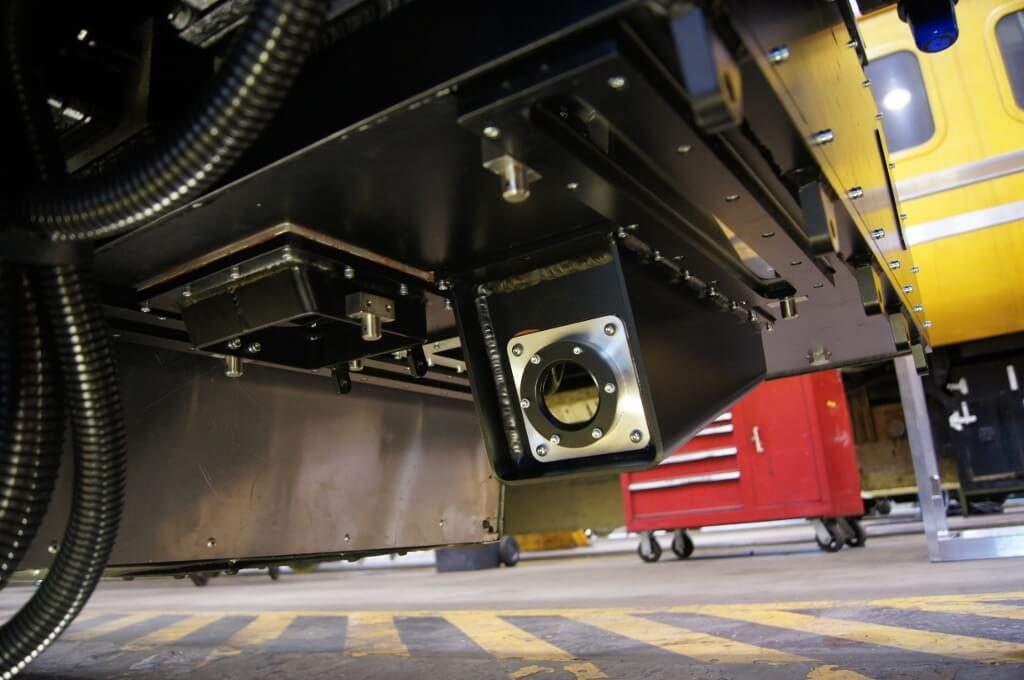
As head of technology and innovation, Anand Patel is at the forefront of our efforts across Britain to use state-of-the-art technology to find new ways to improve the railway for passengers and freight operators.
Anand said: “My job is basically to help Network Rail solve problems using digital technology. I focus on creating opportunities and solutions that deliver either direct or indirect benefits to passengers, freight customers and tax payers.
“Digital technology is the biggest business differentiator in the 21st century and how organisations use technology is critical to their success. My role is to help Network Rail take advantage of those technologies and bring in new thinking to improve the business.”
3 – Innovations engineer
Artificial intelligence and automation are just some of the technologies we’re working to implement on the railway, according to Philip Bennett, one of our innovations engineers. Such technologies will mean fewer back-office tasks for our people and lead to more efficient design and construction. To do this, we’re learning from other industries.
Philip said: “The people we’re dealing with tend to be in the tech industry so we deal with a lot of the start-ups along with some of the big players…
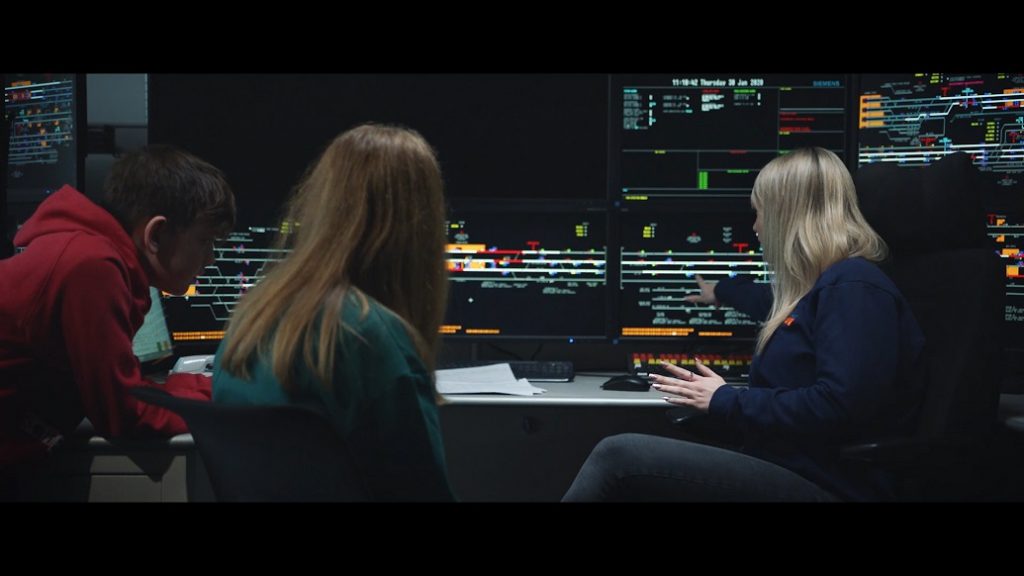
“We’re doing stuff on asset recognition so using artificial learning – teaching the computer what a signal looks like, teaching it what a sign looks like and getting that to interrogate a video and tell you where your signs are, where your signals are, how far apart they are.”
4 – 3D modeller
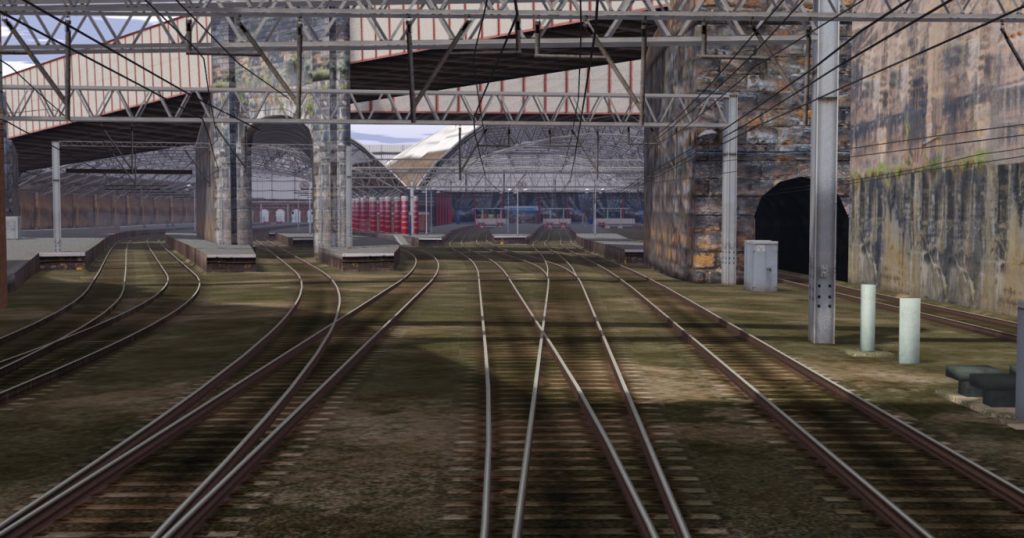
3D and 4D modelling are playing increasingly larger roles in our projects, such as the refurbishment of the two-mile long Sevenoaks tunnel and the major upgrade of Liverpool Lime Street station, both in 2018.
In Sevenoaks, our team used several innovations, including 3D modelling. It helped them prove the suitability of special padded sleepers for reducing stress to the Victorian structure and enabling faster train speeds.
At Liverpool Lime Street, we used virtual reality to carry out 4D ring preparations for the work – an emerging but hugely progressive technology application for the railway. This reduced the amount of time needed on track and the potential to impact on train services.
5 – Pilot
Perhaps one of our most surprising teams is our in-house Air Operations unit. Headed by Rikke Carmichael, this team of helicopter and drone pilots surveys the railway from above to help us save time and improve safety for our people by ‘keeping boots off the ground’.
If we can inspect the state of the railway from the air, we avoid sending our engineers to locations that might be difficult to reach.
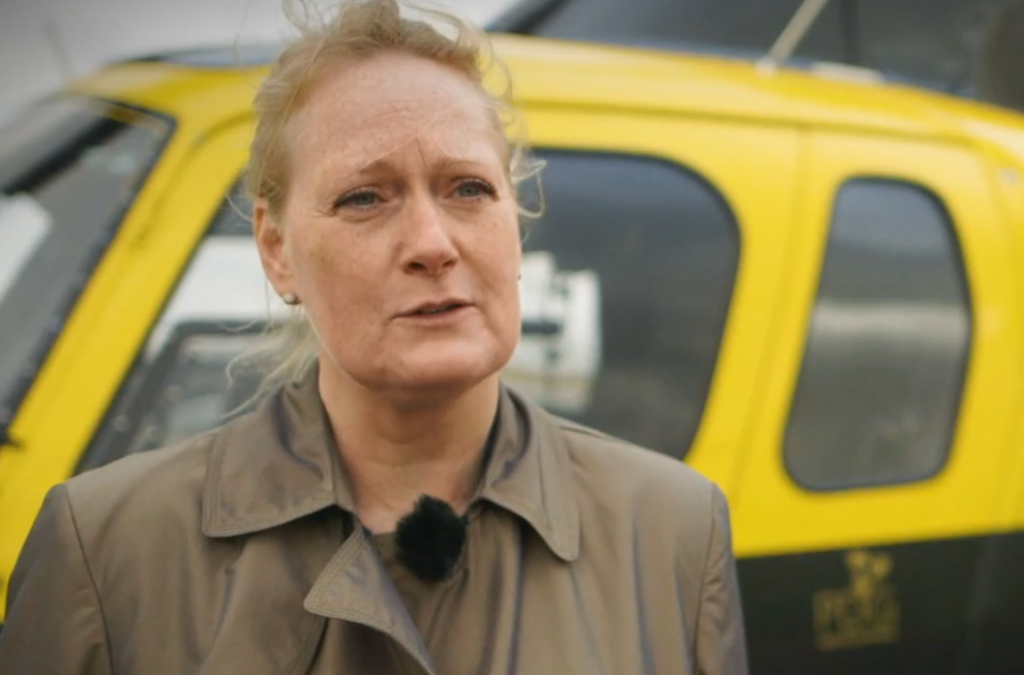
6 – Environment specialist
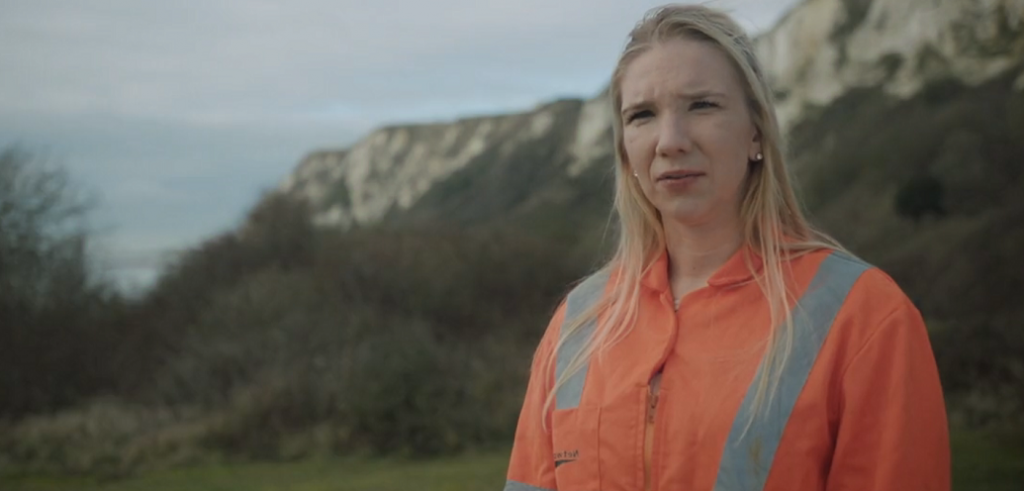
Network Rail is one Britain’s biggest landowners so we have lots of ground, habitats and forms of wildlife to look after. Our environment specialists help us maintain a huge range of biodiversity and keep it safe when we carry out maintenance or construction work.
Helping us keep wildlife around the railway safe are our ecologists across the country. Their work includes moving fish to safer locations if needed, carrying out regular surveys on bats and monitoring badgers. In fact, last year, our ecologists worked under licence at more than 50 locations across Scotland alone to protect badgers from the railway (and vice versa) to ensure they came to no harm.
For example, projects such as platform upgrades or installing masts for overhead wires can potentially have a negative impact on badger setts.
Ahead of major work, we carry out environmental surveys to identify the presence of any protected habitats and species at a very early stage in the project. We then use this information to help avoid any potential delays to essential upgrade works as well additional costs that come with it.
Gallery: some of the wildlife monitored by our ecologists
7 – Hawk handler (and hawk)
Did you know hawks are crucial members of our station teams?
Max Bell is among the handlers who look after these birds of prey, which keep pigeons from making too much mess or damaging our stations.
Max said: “I’m self-employed but I’m sub-contracted to a few other pest control companies. At this current time, we look after [London] King’s Cross station. We have been there five years or so now. And also [London] Paddington station. We have a number of other sites that we look after from retail parks to office blocks.
“I have a team of four working Harris hawks that I use for urban bird control. They are Denise 17; Charlie, nine; Aria, five, and Pluto, three. I also have a few smaller hawks and falcons, which are a part of my hobby.

“The best part is working with the birds but I also enjoy just people watching and explaining to people what we are doing. No two days are the same. There’s always something different going on.”
Read more:
Rail Week: five times tech changed the railway
Nine ways tech is improving the railway
